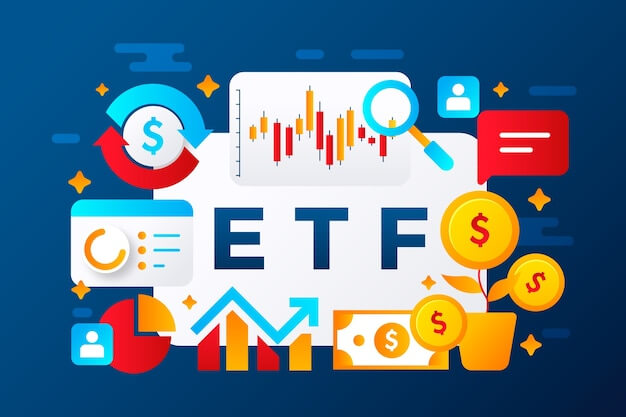The Basic Elements Of a Bond
- Jun 01, 2025
A bond is a debt instrument that the government, financial institutions, industrial and commercial enterprises, etc.
The Difference Between Bonds And Shares In a Company
- May 31, 2025
The main difference between bonds and shares of a company is that the legal nature of bonds is a certificate of ownership and shares are debentures.
What Are Government Bonds?
- May 30, 2025
Government bonds are debt instruments issued by the government to fundraise and promise to pay interest and repay principal over a certain period of time, specifically including state bonds, i.e., central government bonds, local government bonds and government guaranteed bonds, the most important of which are government bonds.
What is the net value of the fund
- May 29, 2025
The net value of fund units is the net asset value of each fund unit, which is equal to the balance of the total assets of the fund minus the total liabilities divided by the total number of units issued by the fund. The subscription and redemption of open-ended funds are carried out at this price. The transaction price of closed-end funds is the market price that has been confirmed at the time of transaction; In contrast, the unit transaction price of open-ended funds depends on the net asset value of unit funds that are not known at the time of subscription and redemption (but can be calculated after the market closes on the day and announced on the next trading day).
What is ETF Fund
- May 26, 2025
The exchange traded open-end index fund, also known as Exchange Traded Funds ("ETF" for short), is an open-end fund that is listed on the exchange and has variable fund shares.
K-Line Charts: Names And Meanings Of Common K-Lines
- May 25, 2025
The information contained in K-lines is extremely rich.
The Difference Between Restricted Shares And Stock Options
- May 24, 2025
The differences between stock options and restricted stock lie in four areas: symmetry of rights and obligations, symmetry of rewards and penalties, waiting period versus confinement period and exercise price versus grant price.
The Relationship And Differences Between Open-Ended And Closed-End Funds
- May 23, 2025
A fund, broadly speaking, is a fund with a certain amount of money established for a certain purpose.
What is fund income distribution
- May 21, 2025
Fund income distribution refers to the distribution of the net income of the Fund to fund holders in proportion to the number of fund units held. If the fund has lost money in the previous year, the current year's income shall be used to make up for the previous year's loss. If there is still any surplus after the fund's loss has been fully made up, the current year's income can be distributed. If the Fund suffers losses in the current year and has no net income, no income distribution shall be made.














